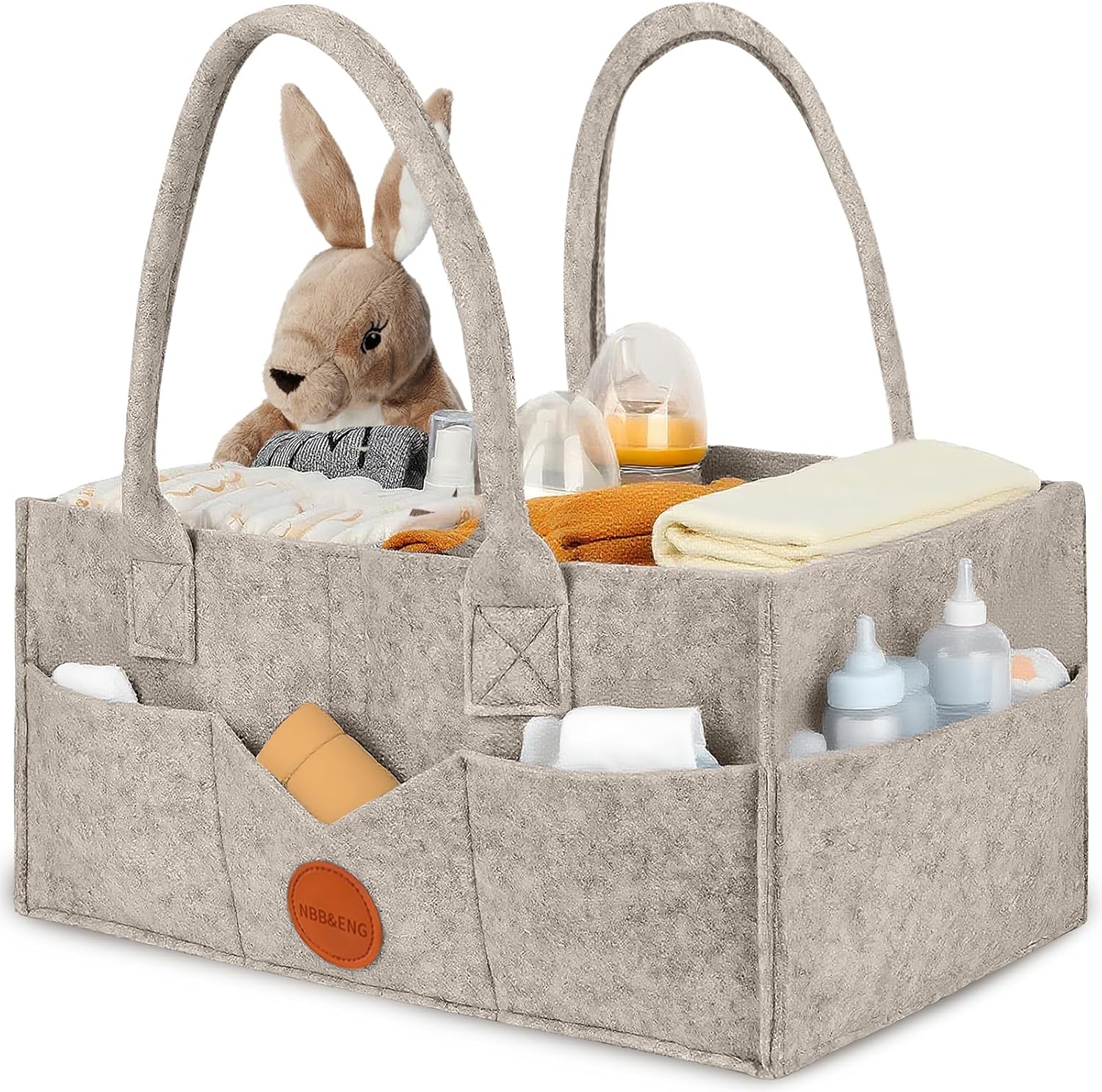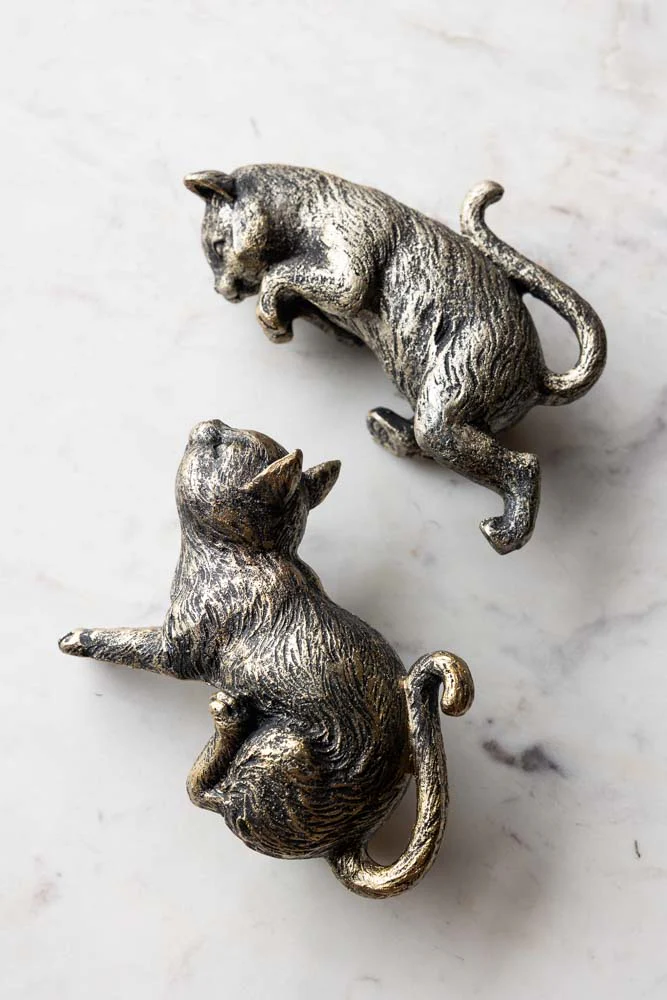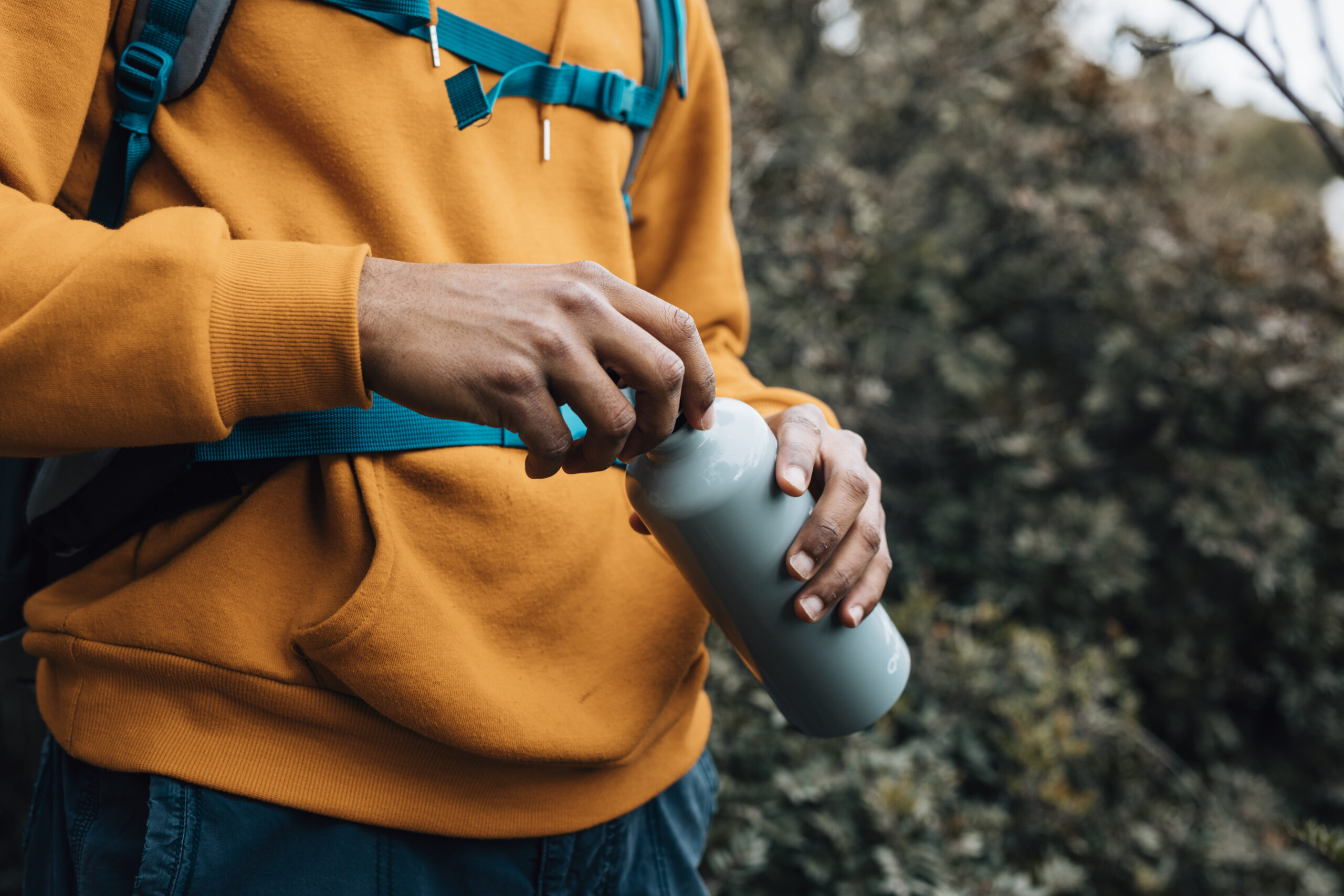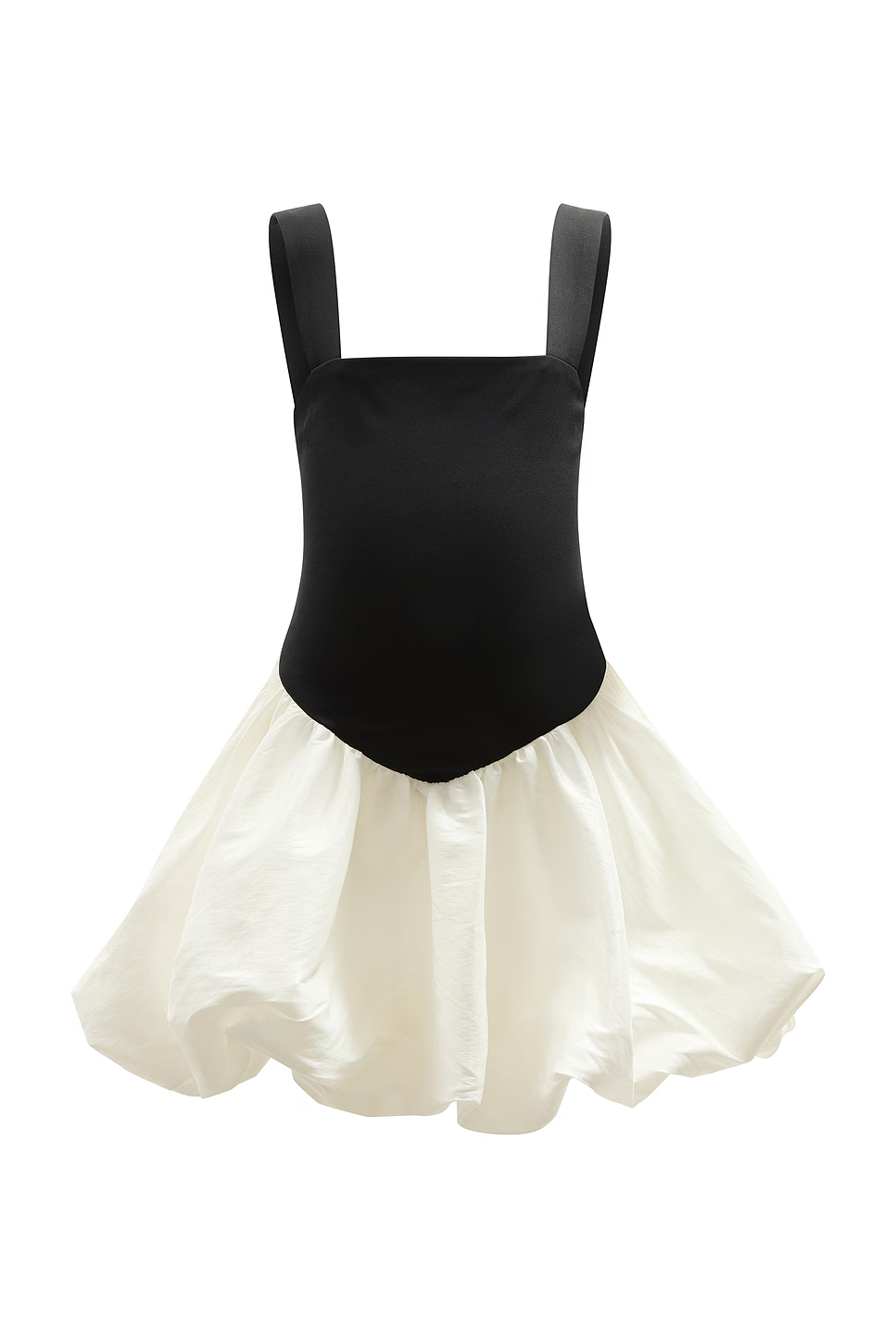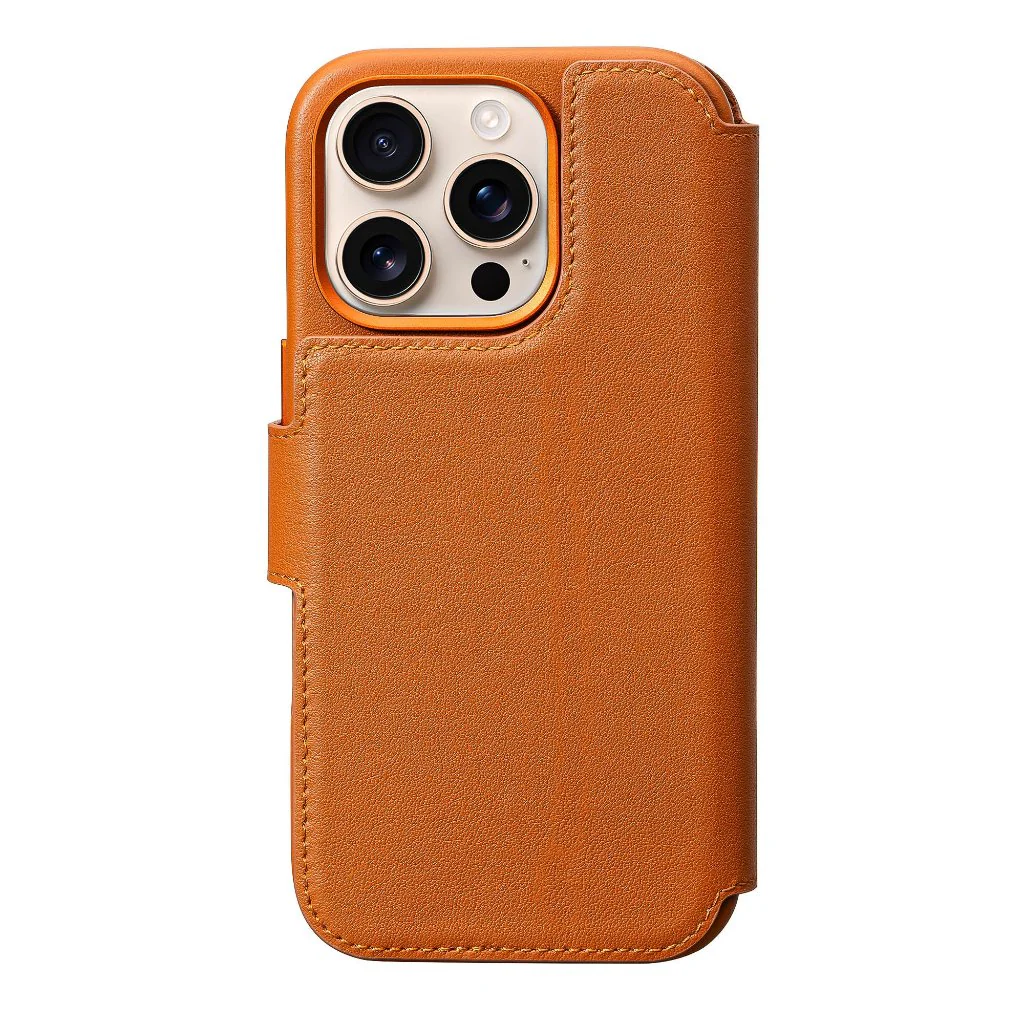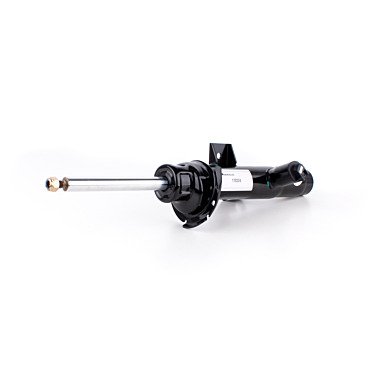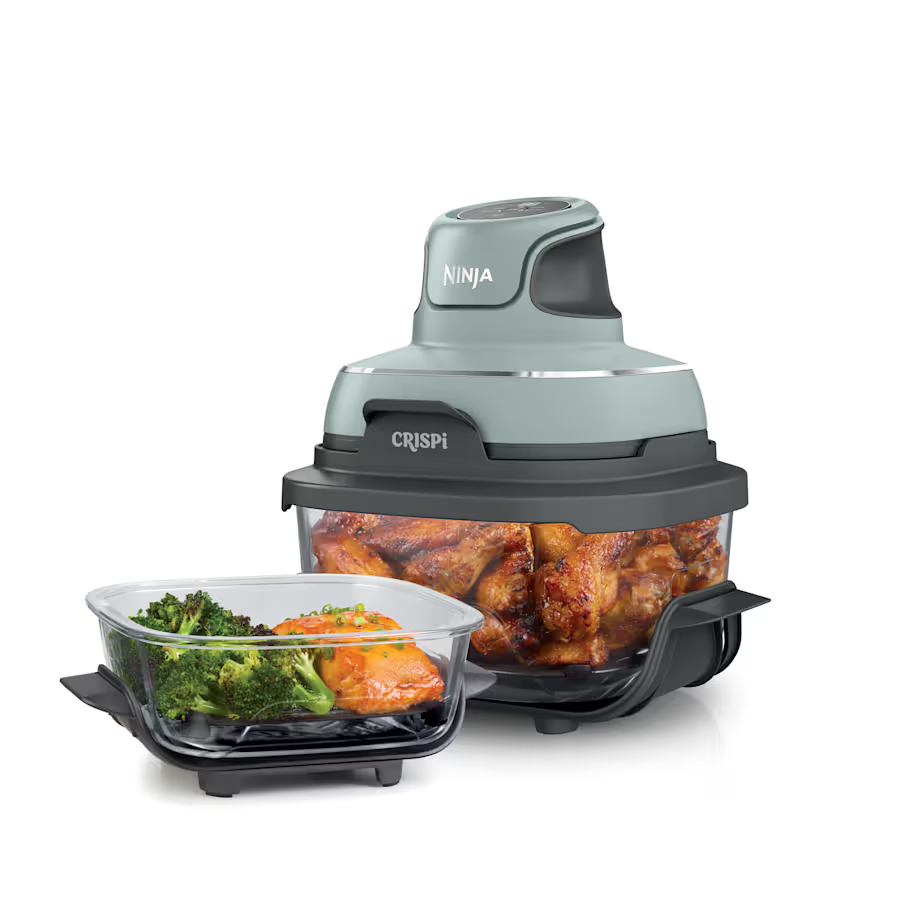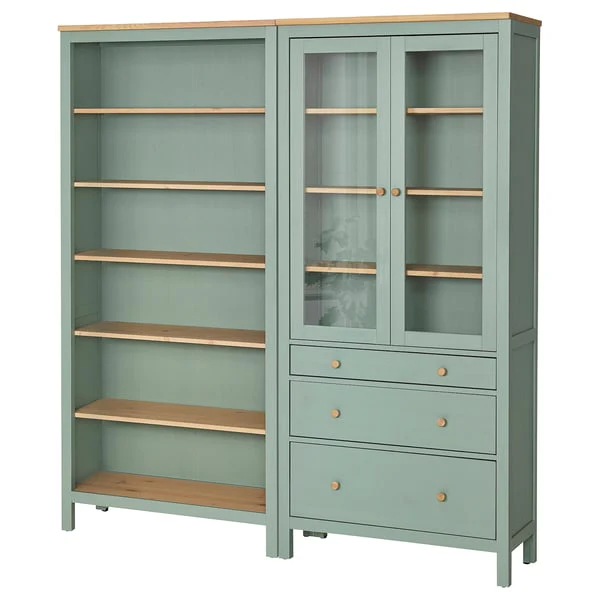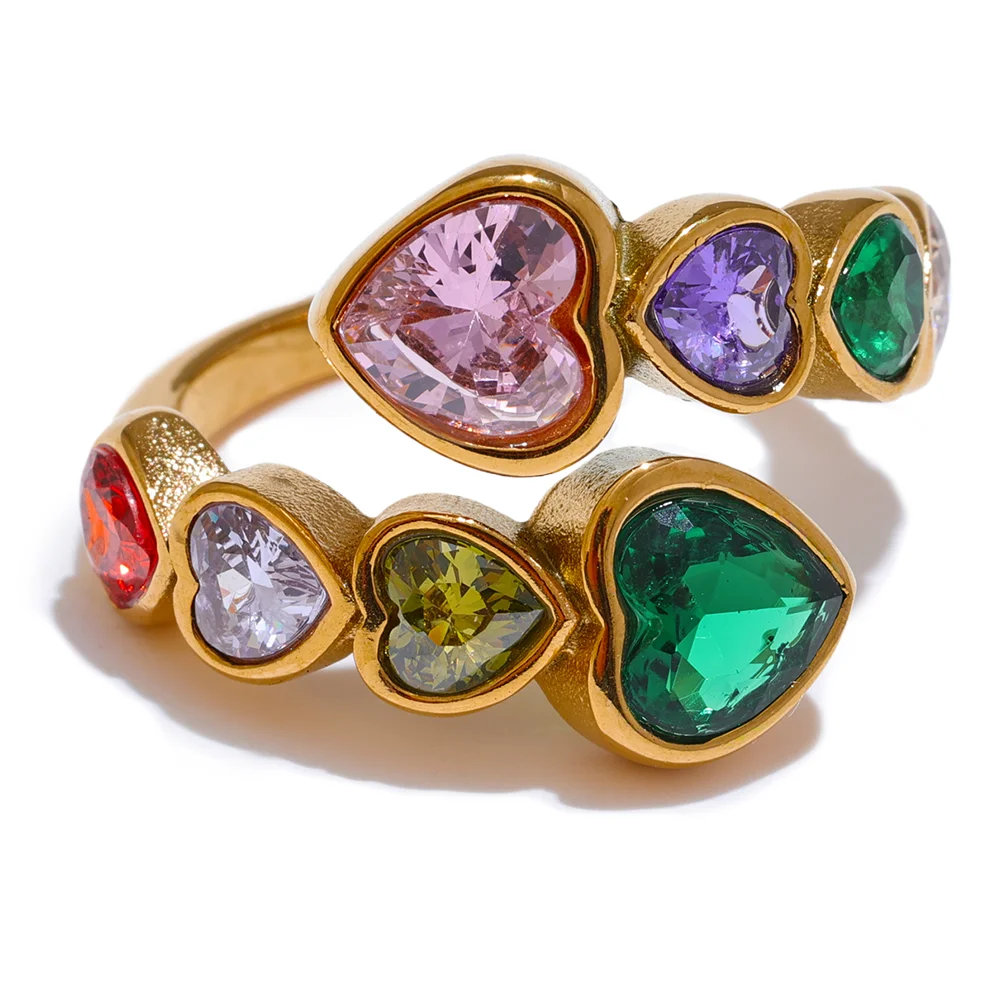Newborn life is a loop of tiny tasks—feeds, changes, nose wipes, nail snags—sprinkled across rooms and times of day you didn’t know existed. The difference between frazzled and functional often comes down to reach: can you grab what you need in one motion with one free hand? A good organizer isn’t just a container; it’s a portable nursery, a calm anchor you can set beside the sofa at 3 p.m. and the bed at 3 a.m. The Baby Essentials for Newborn organizer, with its detachable compartments and soft-carry profile, is built for exactly that kind of real-life agility. It turns scattered supplies into a single, reliable system that moves with you.
In this article, we’ll set up your organizer once and then let habit do the heavy lifting. In this article, you’ll learn a practical layout that prevents rummaging, a “dock” strategy for different rooms, a night-feed flow that protects everyone’s sleep, and a car/outing plan that survives pediatrician days and café tables. We’ll keep hygiene simple, personalization light, and expectations humane—because perfection isn’t the goal. Predictability is.
Shop Baby Essentials for Newborn Organizer
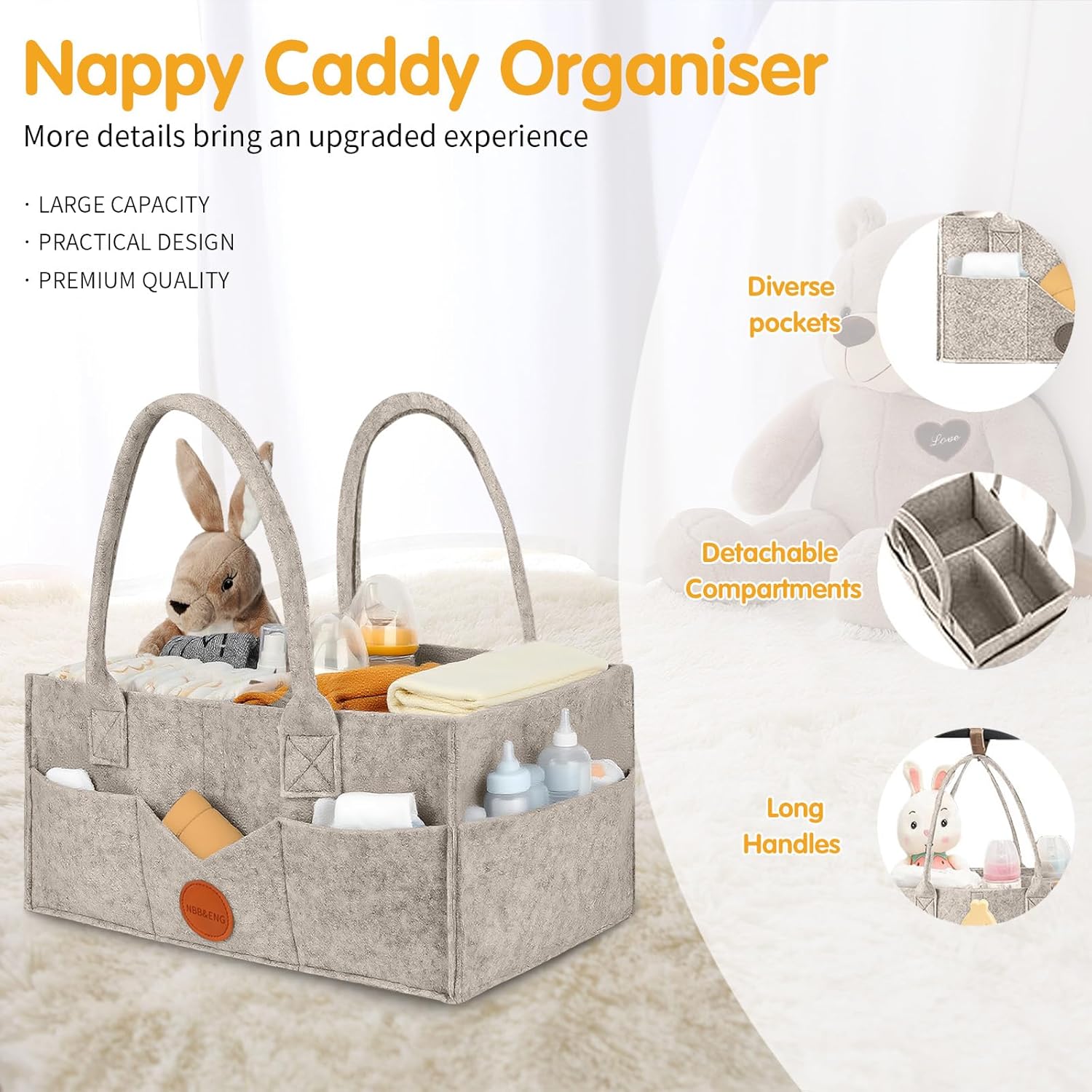
Unbox Once, Decide Once
Clear a table and empty the organizer completely. Before you place a single item, take a quick top-down photo of the empty compartments; it sounds silly, but this “before” image helps you think in zones rather than in a pile. Now sort your supplies by how often your hands touch them, not by category. The front area—whatever sits closest to your dominant hand—is for every-single-day moves: nappies, wipes, barrier cream, a handful of cotton pads, a mini hand sanitizer for you. The middle becomes your “frequent but not constant” lane: saline drops, nasal aspirator, a tiny hairbrush, nail scissors, a roll of nappy bags. The back, against the handle, is for “occasionals” you still want nearby: a spare onesie, a muslin, a thermometer, lip balm, and water for the adult who is doing all this gracefully on four hours’ sleep.
Detachable dividers are your superpower. Use them to create snug homes that fit the item’s real footprint so tools don’t drift. One narrow cell for the nail kit beats a roomy rectangle where small things go to hide. If two adults share care, print a little pocket map and tuck it under the top lip; at 2 a.m., clarity is kindness.
Room “Docks”: Make the House Work for You
Treat the organizer as your portable core, then build simple “docks” in the places you actually live: a tray on the coffee table, a clear corner on the bathroom counter, a flat spot on the dresser by the cot. The dock is just a landing pad so you don’t balance the caddy on a cushion while you uncap cream with your teeth. At each dock, keep exactly two extras that amplify the station: a soft changing mat rolled and tucked behind the caddy in the lounge, a washable towel in the bathroom, a spare sleepsuit and muslin in the bedroom. When the organizer lands, the station comes alive. When you pick it up, the room resets instantly.
This “mobile core, fixed dock” rhythm saves miles of walking in circles and makes it painless to include partners and visiting grandparents. You can say, “Caddy goes here,” and the scene makes sense.
Shop Baby Essentials for Newborn Organizer
Night-Feed Flow: Calm, Predictable, Brief
Nights are about reducing friction, not increasing thoroughness. Thirty minutes before bedtime, move the organizer to your bedside and do a ninety-second reset: top up nappies and wipes, place barrier cream at front-right where your hand lands without looking, and set the muslin and spare onesie behind the handle. Add a warm-tone night light within reach; bright, cool light wakes babies and adults alike.
When the wake happens, keep the sequence the same: feed, change if needed, quick check (nose, nappy edge, comfort), back down. Your hands return every tool to the same pocket in the same order. It’s muscle memory, not mental effort—and that’s why it works on the third wake-up as well as the first.
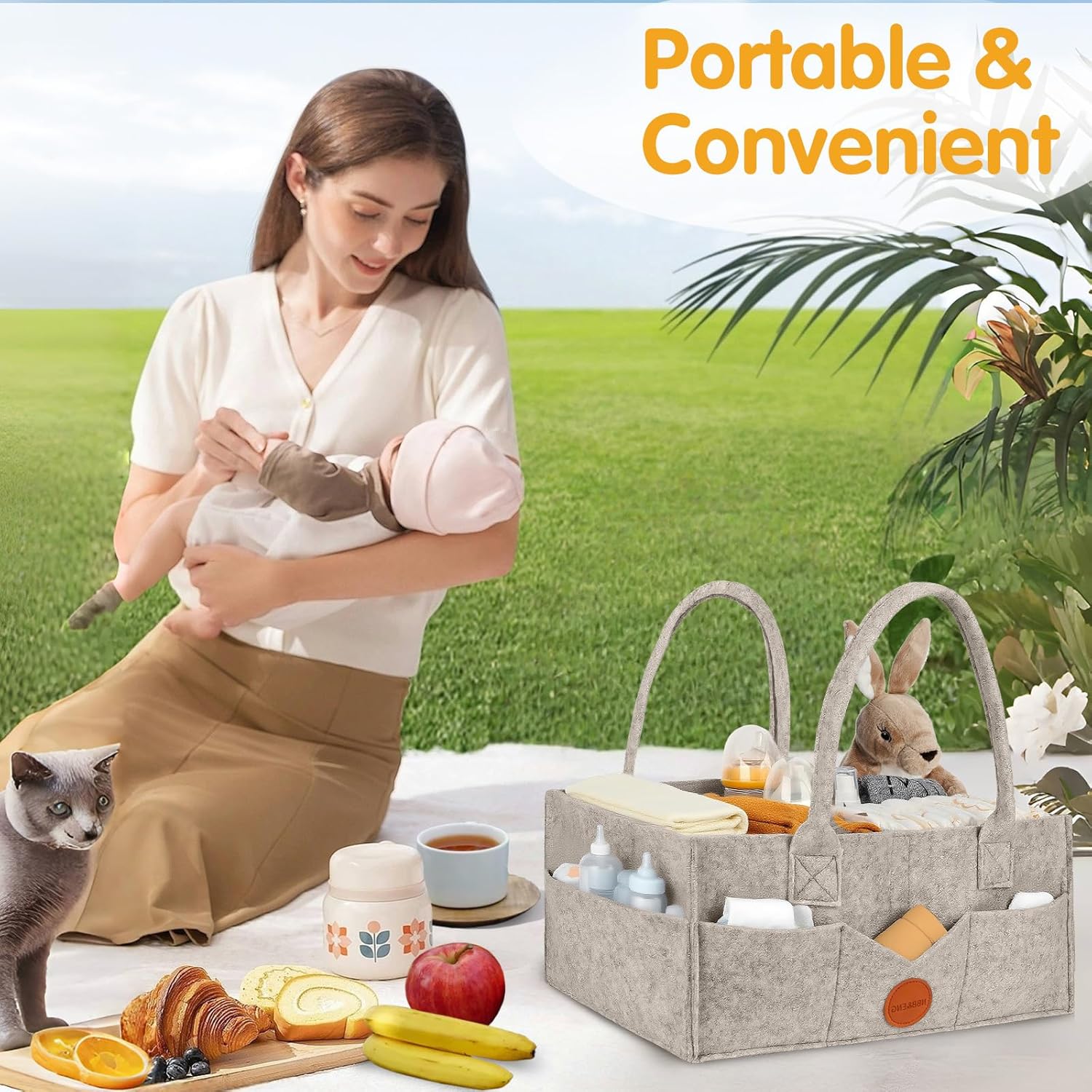
Outings & Car Kit: From Door to Done in One Grab
The organizer earns its halo on travel days. Instead of building a diaper bag from scratch, slide the entire caddy into the boot for road trips, or carry it by the handle to the back seat if you’ll be changing in the car. For pram days, treat it as a staging area: pack nappies, wipes, bags, a spare outfit, and one small toy into the diaper bag, then place the organizer back on its shelf so home remains ready when you return. Consistency prevents the dreaded “where did the thermometer go?” moment.
At the pediatrician, keep your health cards and appointment notes in a slim sleeve at the back. When questions come—“How often have you been using the saline?”—you can answer in seconds because your kit is your memory.
Hygiene & Care Without the Drama
Daily hygiene doesn’t need a spreadsheet. After the last change of the evening, wipe the organizer’s interior with a barely damp cloth, let it air for a few minutes, and cap any creams or drops. If the fabric gets a dab of something, spot-clean and move on; tomorrow’s reset is where deep cleaning belongs. Once a week, empty all compartments, shake out crumbs, and give the interior a warm, soapy wipe. Air-dry fully before restocking to prevent damp pockets. Replace disposable bits on your laundry day so “clean clothes in, fresh wipes in” becomes one motion.
If multiple caregivers use the organizer, a tiny “cleaned on ___” sticky inside the rim keeps everyone aligned and prevents both over- and under-cleaning.
Shop Baby Essentials for Newborn Organizer
Personalize Lightly, Keep It Flexible
It’s tempting to turn an organizer into a scrapbook. Resist. Pick one accent ribbon or a small luggage tag with baby’s initials and leave it there. Over-decorating makes it heavier, harder to wipe, and visually noisy in rooms that already host a lot of baby stuff. If your home has a strong palette—calm neutrals, cheerful pastels—match a single accessory so the organizer looks intentional when it lives on the coffee table for a month. Function first, then pretty; you’ll still get the Instagram moment because the whole system looks composed.
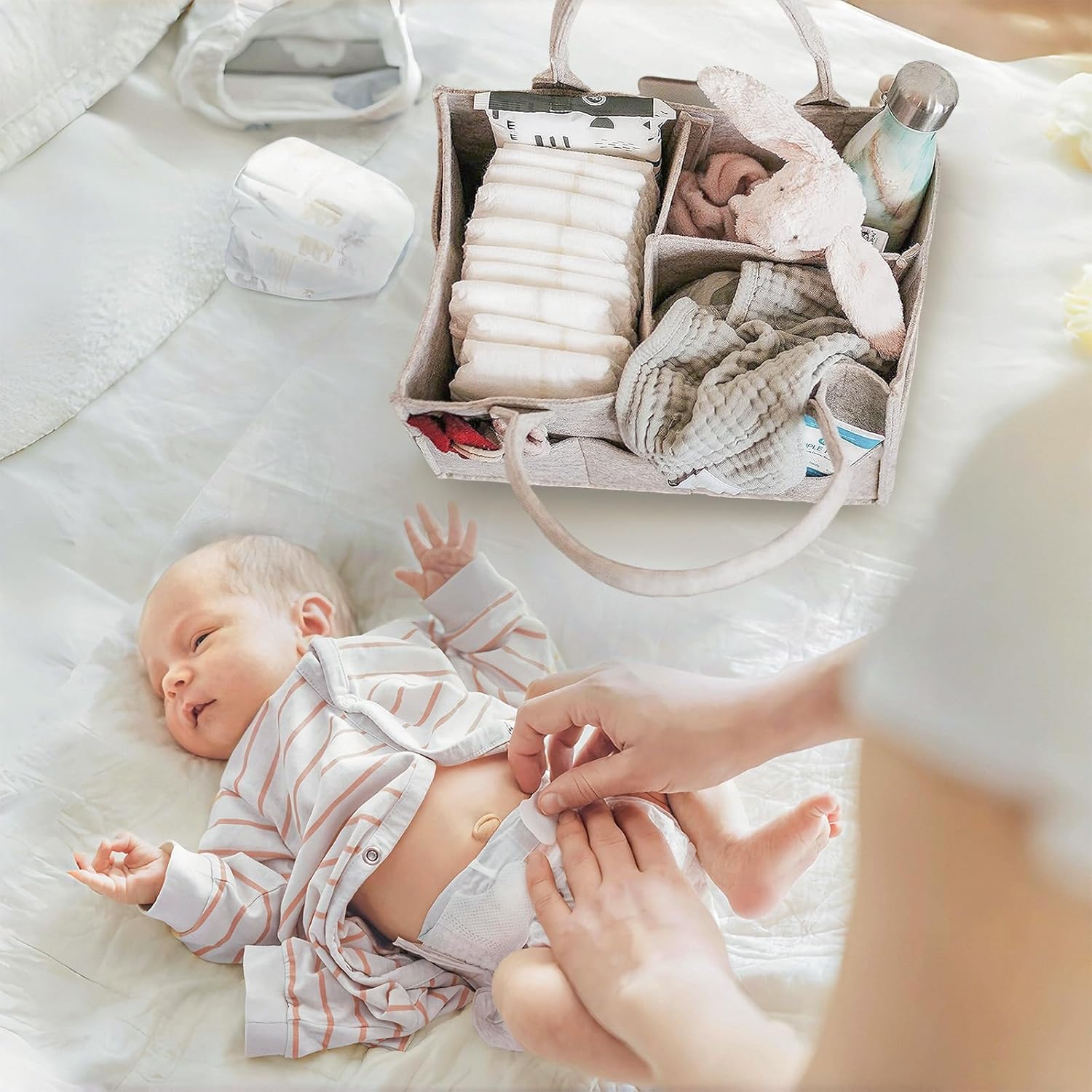
Sibling-Proofing & Partner-Proofing
Older kids like to “help.” Give them a real job—“wipes checker” or “muslin roller”—and the organizer stays interesting without becoming a toy. Partners appreciate clarity more than lectures. Walk through the pocket map once, then let the system speak for itself. If items keep drifting, the home you chose is fighting reality. Move the tool to where your hand naturally goes; good systems adapt to people, not the other way around.
When the Wheels Inevitably Come Off
There will be a night when you change a nappy on a towel because the organizer is in the lounge and you are not. The fix is simple: survive the moment, and in the morning do a reset. If rummaging returns, tighten compartments with the detachable dividers so each item has a snug, obvious home. If the caddy starts to feel heavy, remove a category—say, the spare outfit—and store it at the bedroom dock. Lighter kits get used more; simplicity is the secret to resilience.
After the Fourth Trimester: Evolve, Don’t Replace
By three months you’ll know your true “reach-for” items. Reconfigure the organizer and graduate it into a multipurpose hero: keep the front for nappies and wipes, dedicate the middle to teething and travel minis, and turn the back into a tiny “on-the-go feeding” zone with bib, spoon, and a clean cloth. Later still, it becomes a toddler car kit or a “family medicine” station on a high shelf. The habit you’re building—one place, known pockets, predictable restock—outlives the newborn stage beautifully.
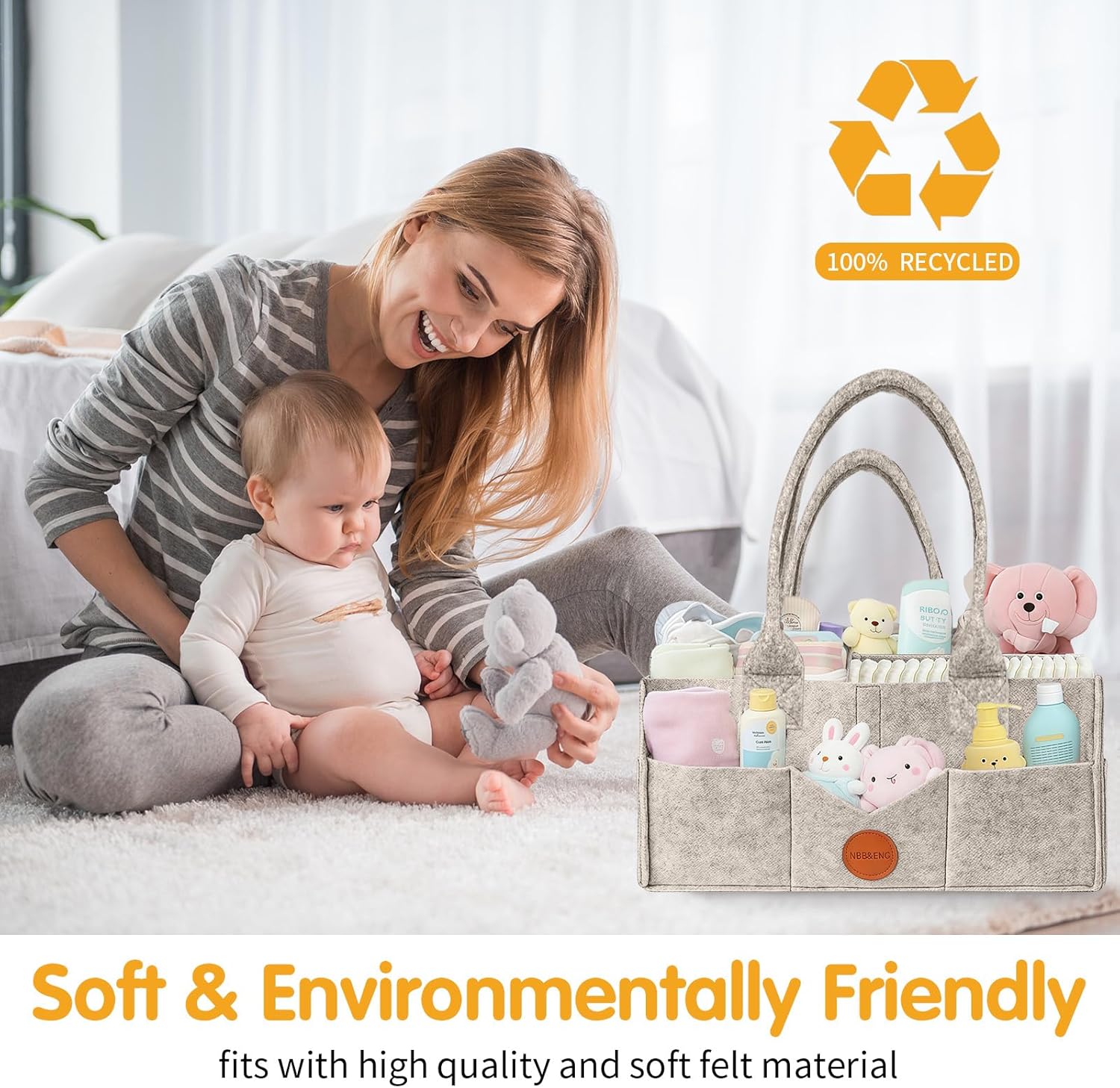
Conclusion
You don’t need a bigger house to feel more organized with a newborn; you need a smaller radius for the things you touch twenty times a day. The Baby Essentials for Newborn organizer delivers because it centralizes your routine: one handle, one pocket map, one reset. Set up the zones according to touch frequency, land the caddy on simple docks, protect the night with a calm sequence, and let weekly hygiene be just that—weekly. Keep personalization light, expectations kinder than your schedule, and remember: the goal is not aesthetic perfection. It’s finding everything you need, with one hand, in one motion, so you can go back to the good part.
Shop Baby Essentials for Newborn Organizer
FAQ
- Is a portable organizer better than a fixed changing station?
For most homes, yes. A portable caddy meets you where you actually spend time—sofa, bed, car—reducing trips and tears. - What should live in the front compartments?
High-frequency items only: nappies, wipes, barrier cream, and cotton pads. If you touch it every change, it belongs up front. - How often should I clean the organizer?
Quick daily wipe, deeper weekly reset. Full dry before restocking prevents musty pockets and keeps tools fresh. - Can two caregivers share one setup without chaos?
Absolutely. Create a simple pocket map, keep homes snug with the detachable dividers, and resist mid-week re-arranging. - What’s a smart way to use the detachable dividers?
Build narrow lanes for tiny tools (nail kit, drops) so they stay parked. Fit should be “snug, not stuck.” - How do I stop it becoming a junk drawer?
Tie restock to an existing habit (Sunday laundry), remove rarely used items, and keep one category per pocket. If it doesn’t have a home, it doesn’t ride. - Where should I keep the organizer at night?
Bedside, within arm’s reach of the feeding chair or cot, with a warm-tone night light. Muscle memory beats mental effort at 2 a.m. - How does it work for the car and outings?
Treat it as a travel module: drop it in the boot for road days, or stage the diaper bag from it and return everything to its pockets when you get home. - What about personalizing—names, ribbons, charms?
Keep it light. One tag or ribbon is practical and pretty. Over-decorating adds weight and cleaning friction. - What happens to the organizer after newborn months?
Evolve it into a teething/feeding caddy, a toddler car kit, or a home first-aid station. The “one place, known pockets” habit is the real win.

